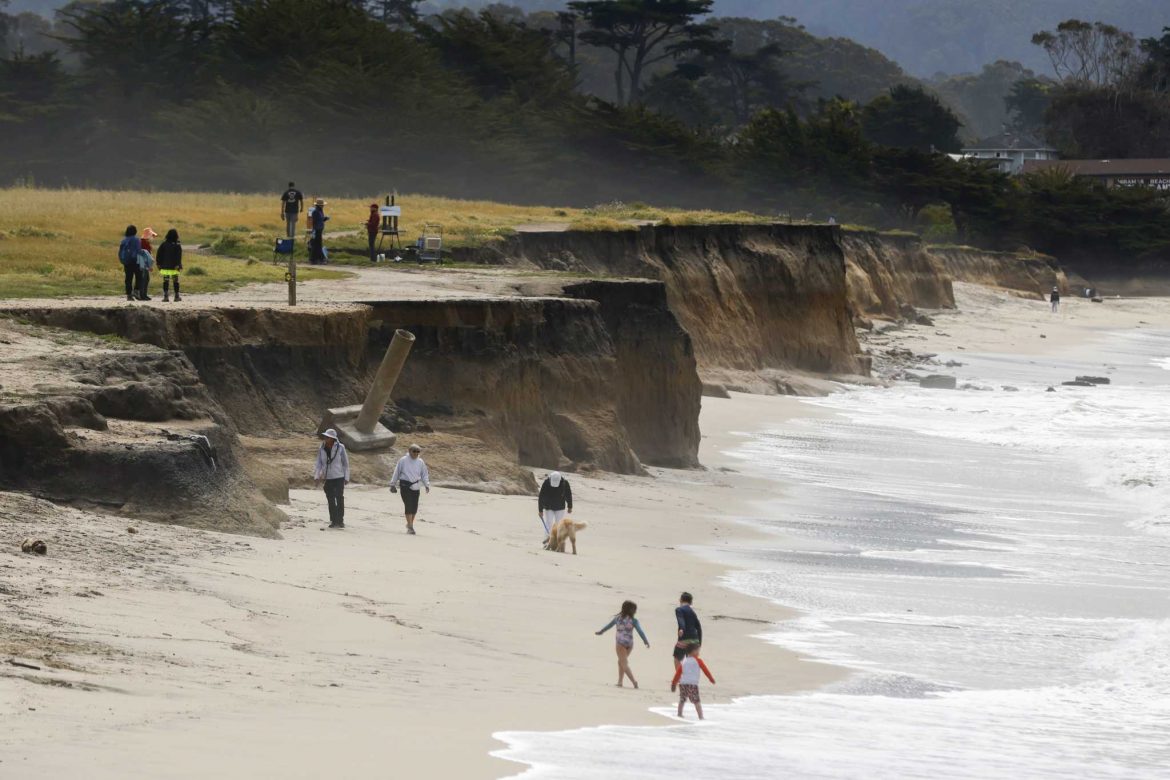A new study has found that between 25% and 70% of California beaches might be washed away by the end of the century, leaving only cliffs or coastal infrastructure in their wake.
The study is the first time that satellite-derived shorelines have been used for this type of analysis, according to Mark Merrifield, a coastal oceanographer at Scripps Institution of Oceanography in La Jolla, who was not involved in the research. However, he warns that the predictions have a wide amount of uncertainty, hence they should be taken with some skepticism.
The beaches that have made California famous are already changing, with a 2009 USGS study finding that about 40% of beaches were already experiencing long-term erosion. Looking forward, the shape and size of the beaches is not yet clear, like a wave in the distant view. More research will be needed to bring the future into sharper relief.
The latest study used satellite data collected over the past two decades to examine California’s 1,100-mile-long coast. Researchers from the US Geological Survey (USGS) used those satellite images, combined with models of climate crisis-driven sea level rise ranging from 1.6 to 10ft, to estimate the shape and position of the state’s coastline by 2100. The amount of sea level rise will depend on how much carbon is pumped into the atmosphere now and in the future.
According to reports, the paper, which is in the process of being peer-reviewed for publication, follows on from a 2017 study conducted by the same researchers focused on the rate of coastal erosion in southern California. That study found a similar fraction of southern California beaches – between 31 and 67% – were susceptible to vanishing.
“Beaches are perhaps the most iconic feature of California, and the potential for losing this identity is real,” wrote Sean Vitousek, the researcher who led both the 2017 study and the current one. “Losing the protecting swath of beach sand between us and the pounding surf exposes critical infrastructure, businesses and homes to damage. Beaches are natural resources, and it is likely that human-management efforts must increase in order to preserve them.”
The California Coastal Commission is said to be encouraging cities to harden their coastline by building seawalls or depositing large rocks that can help protect them from pounding waves (though sea walls can cause sand to erode faster from adjacent beaches). Restoring natural sand dunes can also help protect beaches.
Among other things, the study points to several areas at particular risk of severe erosion: Point Arena and Humboldt Bay in northern California, Pismo Beach and Morro Bay in central California, and Newport Beach and San Clemente in southern California.
Story was adapted from the Guardian.
